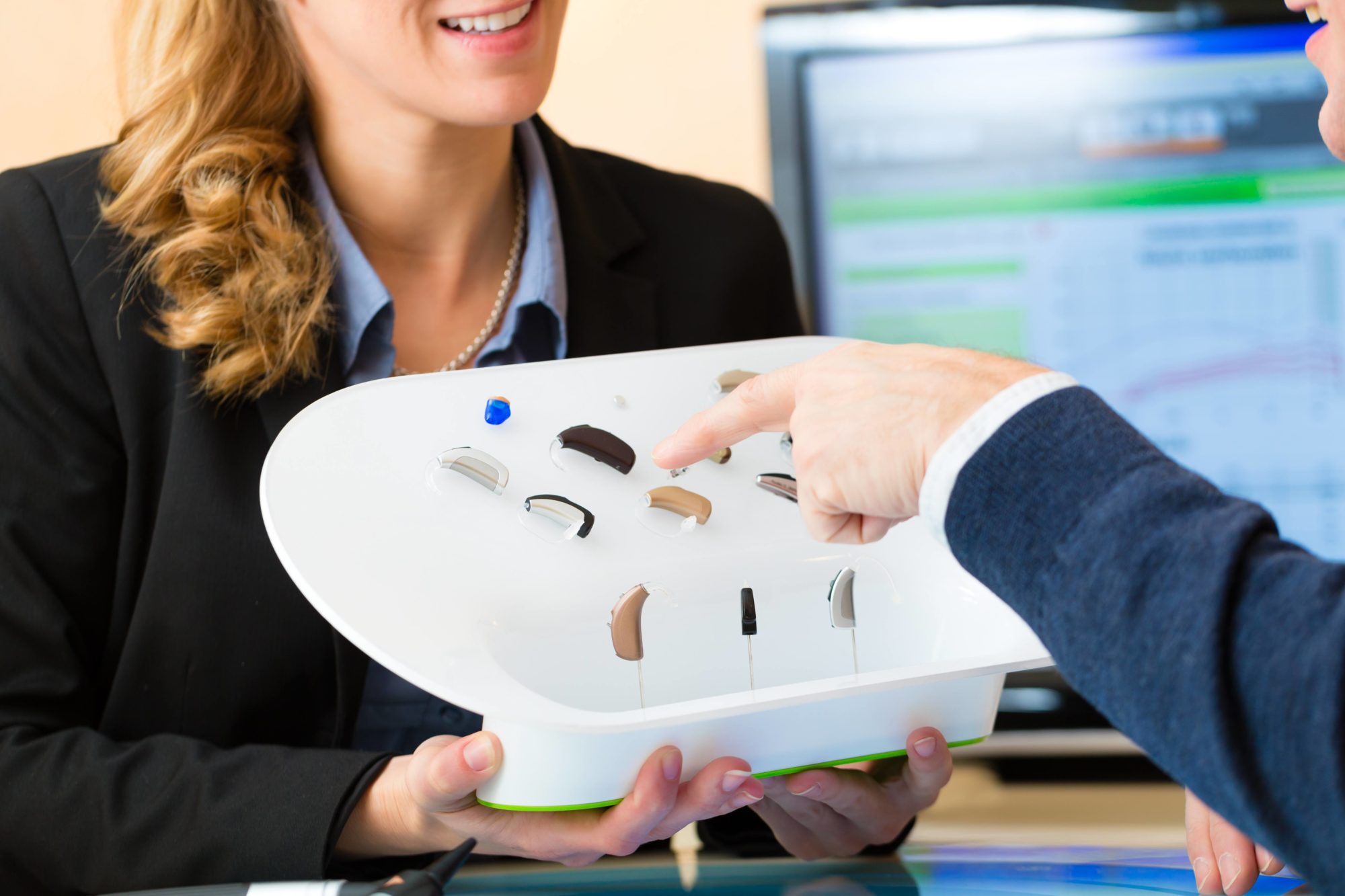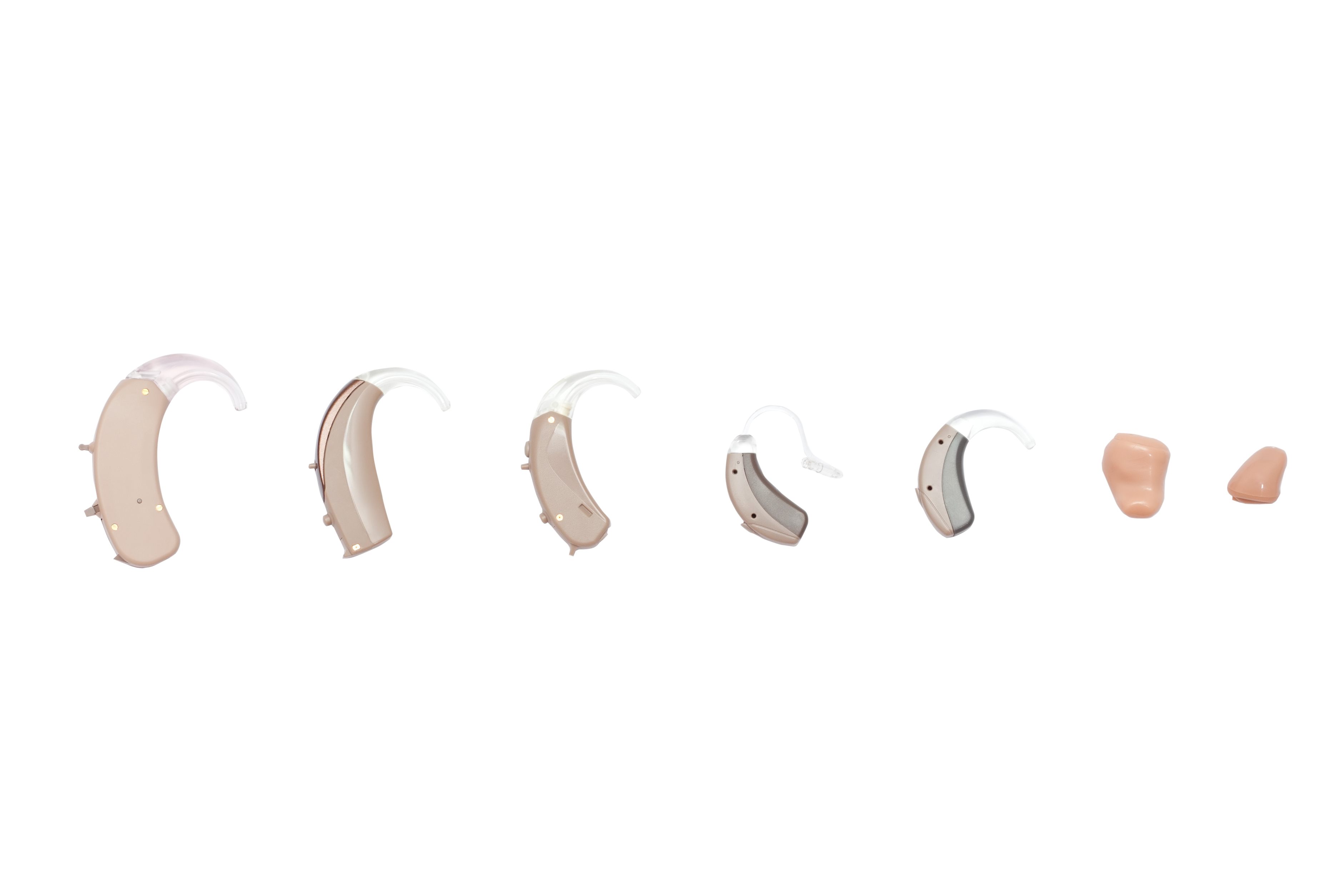Hearing Aids

Free Hearing Aid Trials
At Whisper Audiology Hearing Clinic, we don’t just choose hearing devices based on your test results. Rather, the evaluation process includes flex-evaluation hearing aids. This ensures a personalized solution that is backed by data.
The flex-evaluation allows you to take home and try hearing aids for a period of two weeks. The hearing aids log data on your listening environments to ensure that at the follow-up appointment, we can make an educated decision backed with data to determine the best hearing aid that will fit your needs.
Hearing Aid Types
At Whisper Audiology Hearing Clinic, we work with a variety of manufactures so that we are not limited in our selection. There are also many styles of hearing aids that are available such as BTE (Behind-The-Ear), RIC (Receiver-In-Canal), and CIC (Completely-In-Canal) to name a few. Many factors are taken into consideration when deciding which hearing aid is best for you, such as the type of hearing loss, the severity of hearing loss, your lifestyle, and whether you experience tinnitus. Based on these factors and more, the audiologist will work with you to determine which hearing aids best fit your lifestyle and needs.

Battery Sales
We keep a supply of batteries for you to purchase in our clinics. Make sure to check the batteries in your hearing devices often to ensure there is no wax or debris.

Size 10 (Yellow)

Size 312 (Brown)

Size 13 (Orange)

Size 675 (Blue)
Getting used to your new hearing aids
Here are some tips to getting used to your new hearing aids:-
- Start out slow
Don’t be discouraged if you don’t get the hang of it right away. Wearing them for a few hours a day at the start is the best way to get used to the adjustment. - Start out in quiet spaces
This will ensure you are not overwhelmed and have the ability to process new sounds you may not have heard in a while. Sounds such as chewing, sneezing, and birds chirping may sound loud at first, but with the proper wear of your hearing aids, these sounds will not be overwhelming over time. - Don’t adjust the volume up or down too much
This will allow you to make adjustments from a base level and get used to the sounds you may be hearing. - Don’t be alarmed if your own voice sounds “different”
Your own voice may seem very loud and unfamiliar at first, but this will dissipate the more you wear your hearing aids. - Follow-Up with Audiologist
Ensure you follow up with your Audiologist with any questions, concerns, and book follow-up appointments. This will allow you to track your progress and answer any questions you may have. This is also a great time to fine-tune, clean, and adjust the volume on your advice and report any concerns you may have.
